
It will be critical for institutions to look at new ways to generate revenue and reduce expenses that are sustainable and effective. There are several initiatives that institutions can consider or implement in response to the crisis.

Here’s how Midland School District overhauled the media centers and turned them into central activity hubs for the schools.
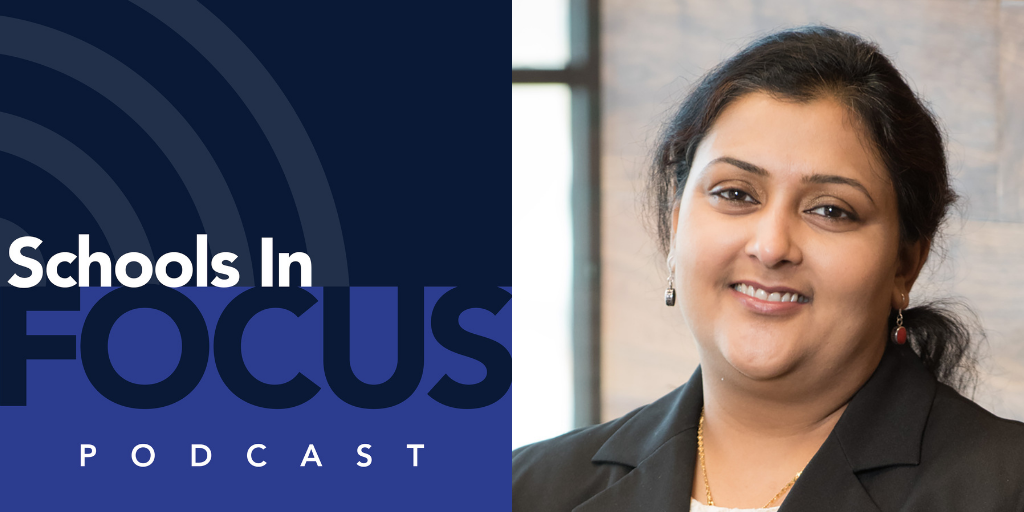
Ishita Banerjii, project architect at Hollis + Miller, discusses Kansas State University’s new multicultural student center. The building, dedicated to advance student diversity, features various gathering spaces like dance studios, huddle rooms, and a commercial kitchen.
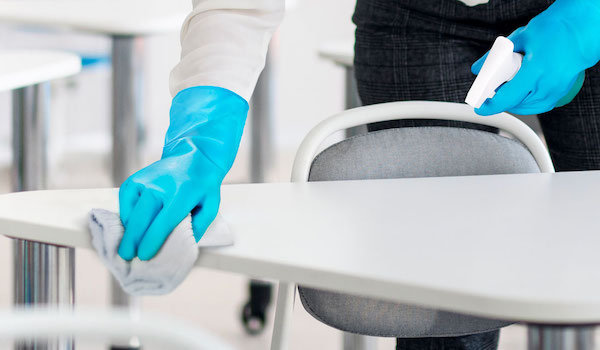
Although you set your initial school maintenance plan during the late summer months, now is a good time to evaluate its effectiveness, find opportunities to refine your processes, and make sure you and your teams are doing all you can to safeguard students and staff if and when they enter your doors in person.
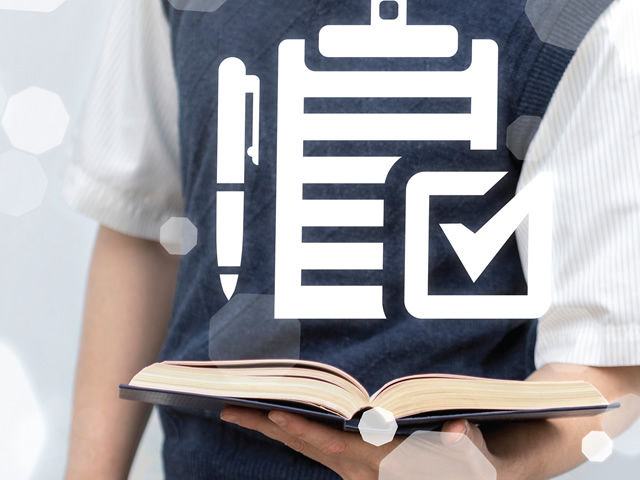
COVID-19 has changed and will continue to change every aspect of education in K–12 and higher education for the foreseeable future. We polled our readership to learn of the experiences taking place across the nation and get a glimpse of what's being planned going into the spring 2021 semester and beyond.
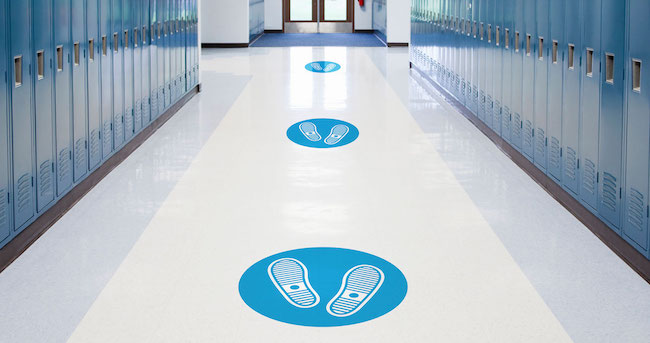
This year, because of the COVID-19 pandemic, reducing the spread of respiratory illnesses like the flu is more important than ever.
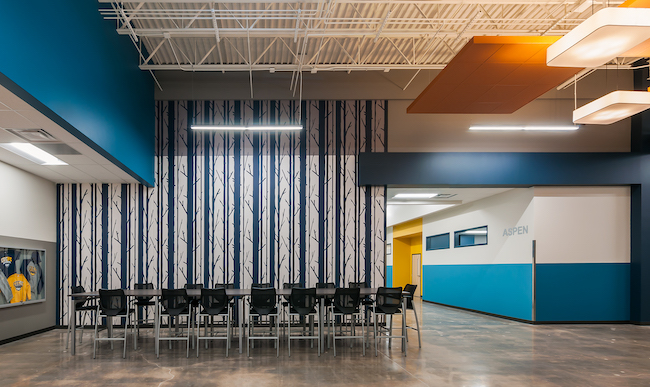
As the education industry assimilates to a new and uncertain future, we can take one lesson from 2020 with us: we must embrace innovative solutions and have the courage to try new things as we plan for the future. Adaptive reuse can support this endeavor.
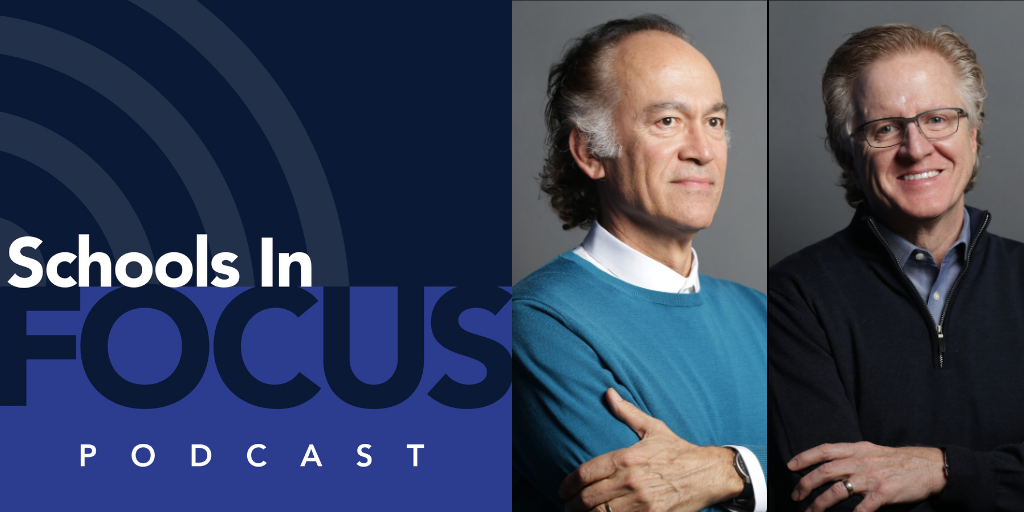
In this episode of Schools In Focus, Turan Duda and Jeff Paine, founding principals of Duda|Paine Architects, discuss how architectural design is shifting to better address the mental and physical health needs of students.
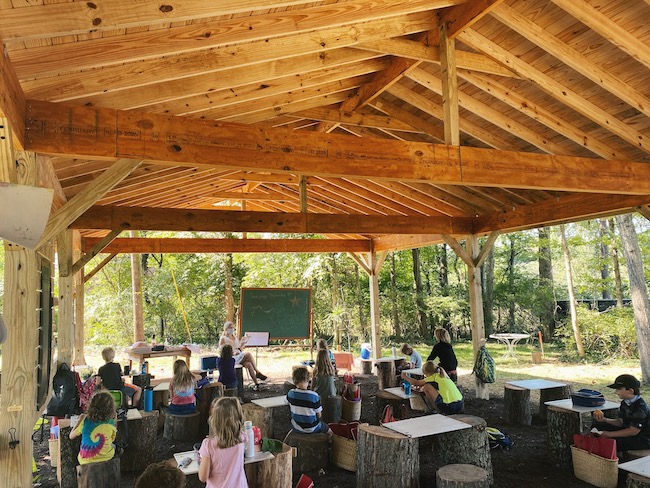
With a curriculum centered on connection to nature and environmental stewardship, Linden Waldorf School's vision for the pavilions were to move all classes completely outdoors where students get to be in nature throughout the whole school day.
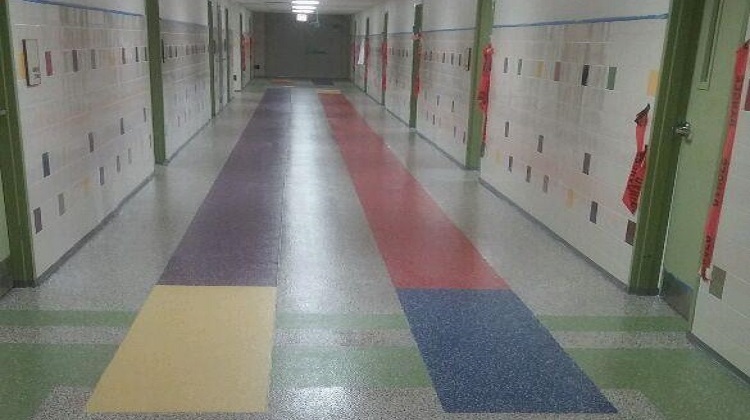
Sustainable flooring is a smart choice for schools interested in providing a healthy learning environment and demonstrating their commitment to a better global environment.
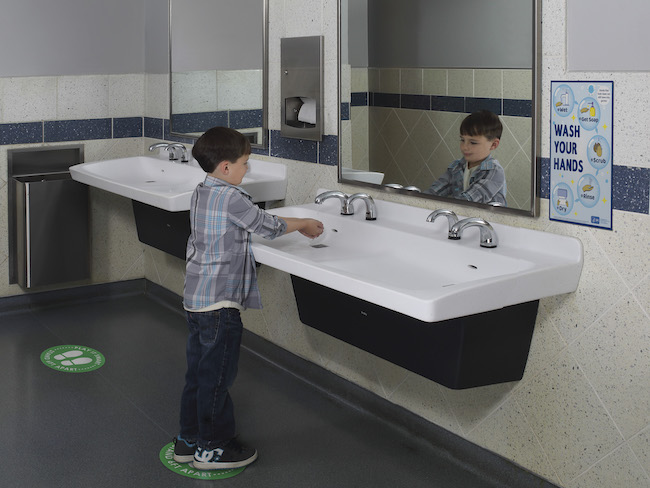
How do you create a hygienic and safe environment equipped to handle everyday usage and increased handwashing activity by students, faculty, administration and staff? And, how do you improve the restroom experience to make it more appealing to its users?
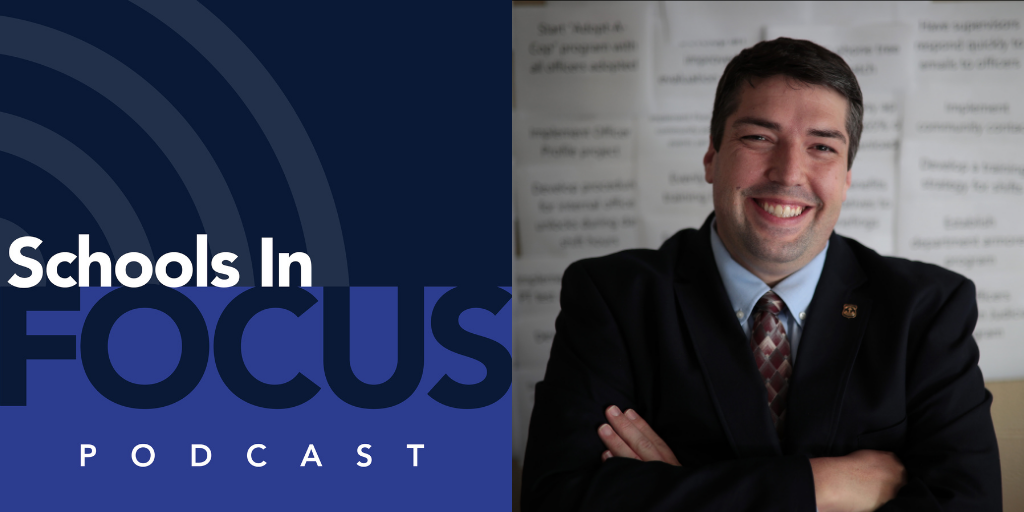
In this episode, we spoke to Tom Saccenti, a former campus police chief and security expert, about active shooter response planning in schools. His first piece of advice is to walk through an active shooter scenario with all teachers, janitors, staff members, etc. at the school.
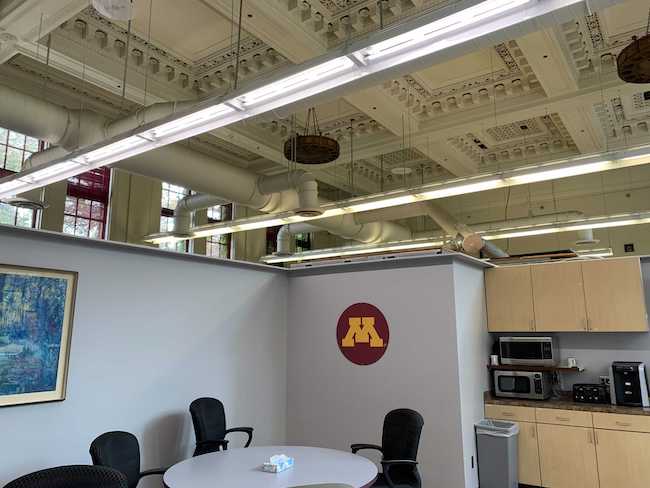
When a physical space offers a little passive noise control, such as high cubicle walls, private offices or softer, sound-absorbing materials, the effects on the well-being of each person — as well as their productivity — can be profoundly impacted.
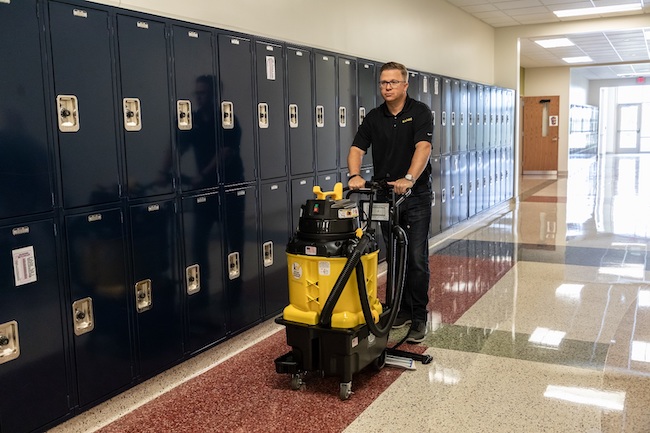
Floors are too often overlooked when it comes to fighting the spread of infection. For many years, many hospital administrators did not even believe it was necessary to disinfect floors. Now we know better. Floors, as well as the tools used to clean floors, deserve close attention when it comes to minimizing the spread of coronavirus.
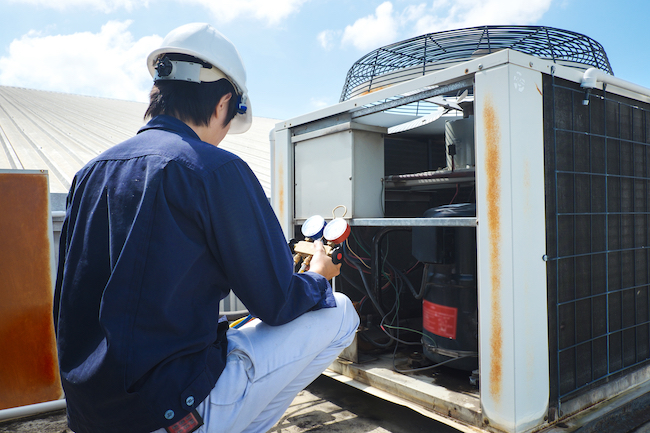
A building’s HVAC technology can help decrease the transmission rate or mitigate the risk of exposure. Thus, schools must consider their HVAC system as part of their overall COVID-19 mitigation strategy, in addition to social distancing, cleaning, screening, signage and operational practices.
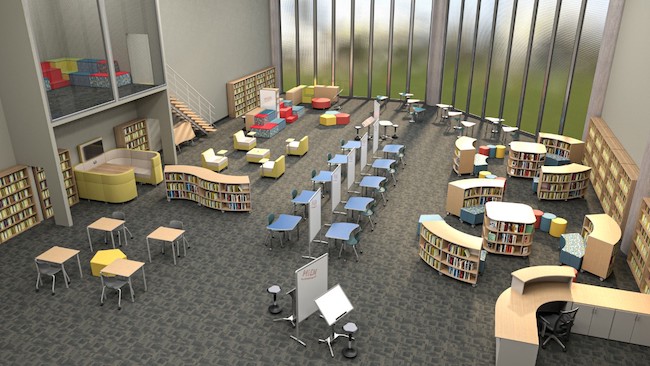
If the global pandemic sidelined your plans for creating a very inviting, collaborative, nurturing media center space, get your vision back on track with these five success tips.
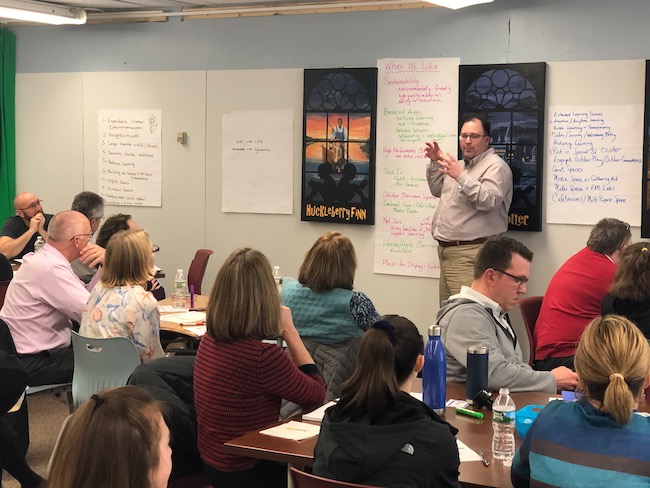
At the onset of a project, the design team and the district must unite to develop the appropriate “Visioning Process” to gain input from teachers, administrators, parents, students, and members of the public. This typically takes the form of in-person workshops or on virtual platforms as we encountered this past spring. The architect can then use that feedback to develop a customized school design that meets the district’s goals and expectations.